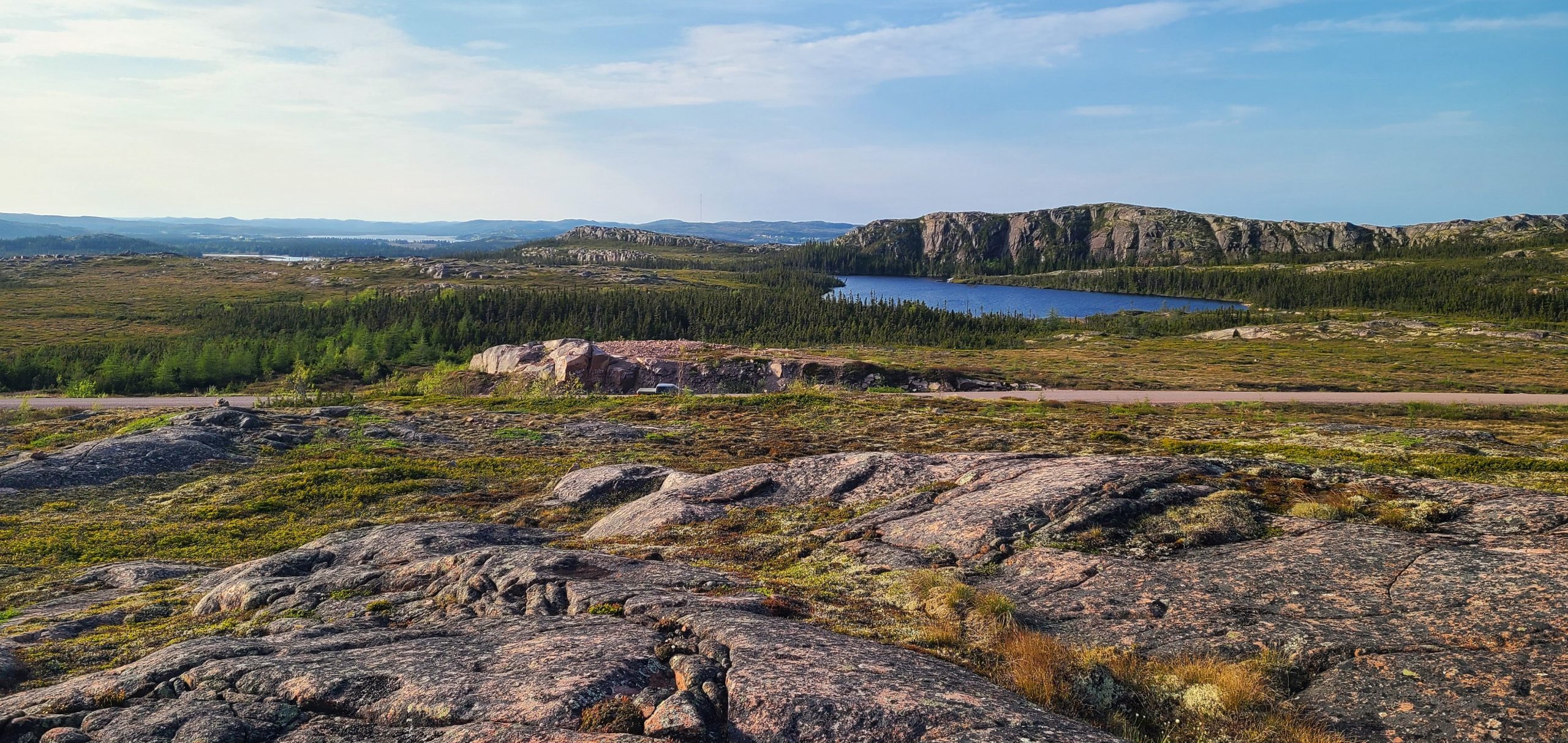Area of expertise
Protecting land and resources
Consulting
Protecting land and resources
Consulting
Ecosystem and species conservation
We offer concrete support in the development and implementation of land, aquatic, and marine conservation initiatives. Our team can assist you with wildlife and plant monitoring, ’characterizing land, marine and aquatic habitat, restoring degraded ecosystems, and developing inventory protocols.
Upon request, we provide a wide variety of customized training. We are also available to support you in creating protected areas on public or privatized land, from the initial planning stages to project completion. Additionally, we work to enhance the consideration of First Nations issues in government initiatives and programs related to nature conservation.


We are pleased to announce the official launch of the first call for projects under the Indigenous Leadership Fund for Biodiversity Conservation, an initiative aimed at supporting projects led by First Nations.
This call is open to First Nations wishing to carry out biodiversity conservation initiatives aligned with the targets of the provincial government’s 2030 Nature Plan.
Projects may address a variety of themes, including:
Selected projects will receive financial support and, if needed, personalized guidance throughout their implementation.
To consult the eligibility criteria, submission guidelines, and project application form, please visit the Indigenous Leadership Fund for Biodiversity Conservation page:
The Indigenous Leadership Fund for Biodiversity Conservation is funded by the Ministère de l’Environnement, de la Lutte contre les changements climatiques, de la Faune et des Parcs.
The call for projects for protected areas in public southern territory is now closed. However, you can still submit your projects directly to the Minister. We are here to support you in this process and in the upcoming regional consultations.
Do you have a protected areas project? Consult the Call for projects page to find out more.